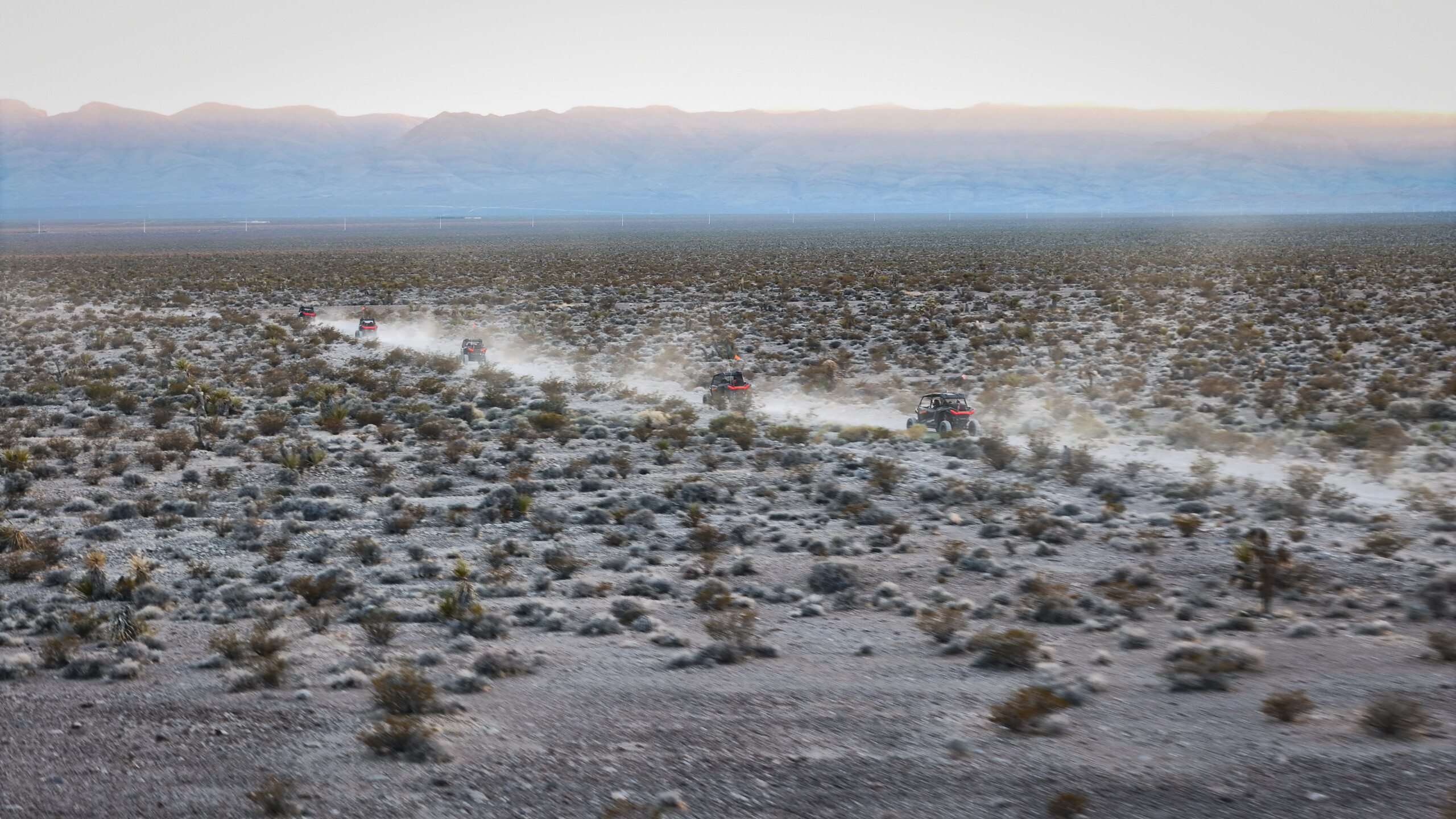The Fascinating Story of Jean, NV: How It Got Its Name and Why It Has No Residents
The Jean NV history is one of the most intriguing in Southern Nevada. Unlike most towns that grew around bustling communities, Jean stands almost empty — a place with a name, a few landmarks, and a fascinating past that ties deeply to Nevada’s transportation and mining heritage. This small desert outpost, located roughly 30 miles south of Las Vegas along Interstate 15, holds stories that reveal how Nevada’s history evolved from rugged frontier roots to modern desert highways.
While Jean might seem like a ghost town, it has a lot more going for it than meets the eye. From its early railroad origins to its transformation into a pit stop for travelers, the story of Jean, Nevada, is full of surprises.
How Jean, NV Got Its Name
Every place has a story behind its name, and Jean is no exception. This small spot on the Nevada map was named in honor of Jean Fayle, the wife of George Fayle, a businessman and developer who helped shape the community in the early 1900s. George Fayle also built the Fayle Hotel in nearby Goodsprings, another historic mining town that played a huge role in the region’s growth.
The name “Jean” may seem simple, but it carries with it a symbol of family legacy and frontier determination — values that were at the heart of Nevada’s early desert settlements.
The Early Days: Railroads, Mining, and Opportunity
In the early 20th century, Jean became a vital stop for the Union Pacific Railroad, serving as a connector between Las Vegas and California. This helped local miners, travelers, and traders move goods and people through the Mojave Desert.
Nearby towns like Goodsprings were rich in lead, zinc, and silver, which made Jean a convenient point for supply transport. The town even had a small post office, giving it official recognition despite its small population.
However, as the mining boom slowed, the demand for a populated town faded. Jean transitioned into more of a service point than a residential community.
Why Jean, NV Has No Residents Today
It may seem strange, but Jean has no actual residents today. The reason is largely tied to land ownership and zoning. Most of Jean is owned by private corporations or the state of Nevada, and there are no residential developments.
Instead, Jean functions as a commercial and industrial hub, catering primarily to travelers and logistics. If you’ve driven along I-15, you might have noticed the Jean Airstrip, Primm Valley Resorts, or the Terrible’s Road House — one of the largest gas stations in the region. These facilities keep Jean alive as a pit stop for travelers heading to California or Las Vegas.
Today, Jean serves as a reminder of how some towns evolve beyond the idea of home and community into landmarks of convenience and history.
Modern-Day Jean: More Than Meets the Eye
Despite having no residents, Jean plays a surprisingly important role in Nevada’s economy and tourism. The town’s industrial park supports freight and storage operations, while its location makes it a key entry point for those entering Nevada from the southwest.
Just a short drive away lies the Mojave Desert, offering scenic desert landscapes perfect for off-road adventures and outdoor exploration. Many visitors heading into the Mojave start their journey near Jean, making it an unofficial gateway to Nevada’s natural beauty.
If you’re planning to explore the desert, companies like Vegas Off Road Tours offer thrilling experiences through the Mojave terrain — combining adrenaline, history, and stunning views in one unforgettable ride.
Interesting Facts About Jean, NV
Here are some fascinating tidbits that make Jean even more interesting:
The Jean Post Office first opened in 1905 and operated for several decades before closing as the population dwindled.
Jean was once considered for future residential development, but plans were halted due to environmental and logistical factors.
The nearby Jean Dry Lake Bed is a popular filming location, used in movies, commercials, and off-road events.
Jean has a small private airport, primarily used for skydiving operations and flight training.
These details help paint a picture of a “town” that thrives in a different way — through industry, tourism, and adventure rather than residents.
Jean, NV in Pop Culture and Local Lore
Though quiet, Jean has appeared in various forms of Nevada folklore and even pop culture references. The Jean Dry Lake Bed, for example, has been featured in major film productions, including car commercials and music videos.
Additionally, nearby attractions like Seven Magic Mountains, an outdoor art installation located just north of Jean, draw thousands of visitors each year, making the area a surprising blend of art, nature, and modern culture.
For more on this stunning art landmark, check out the official Seven Magic Mountains website.
The Link Between Jean, NV and Nevada’s Broader Desert Heritage
Understanding the Jean NV history means understanding how Nevada developed as a crossroads for commerce, mining, and travel. Jean’s evolution mirrors the state’s shift from frontier expansion to modern infrastructure.
It’s also a gateway to the Mojave Desert, one of the most ecologically rich deserts in North America. The Mojave’s ancient geological formations and unique flora and fauna tell a story that connects both nature and human history. For more information on the Mojave’s environment and conservation, visit the National Park Service Mojave page.
The Legacy of Jean, NV: A Symbol of Change
In many ways, Jean represents the essence of Nevada’s adaptability — a place that found new purpose even as its population vanished. The legacy of Jean NV history isn’t about people who stayed, but about how a small desert spot continued to evolve with the times.
Today, Jean stands as a desert crossroads — where the old and new Nevada meet, and where the story of human ambition still echoes across the sands.
Conclusion: The Mystery That Endures
The Jean NV history is far from forgotten. It’s a story of resilience, transformation, and desert spirit. While no one calls Jean home anymore, its presence still shapes the journey of everyone who passes through it — a quiet testament to the ever-changing story of the Mojave.


